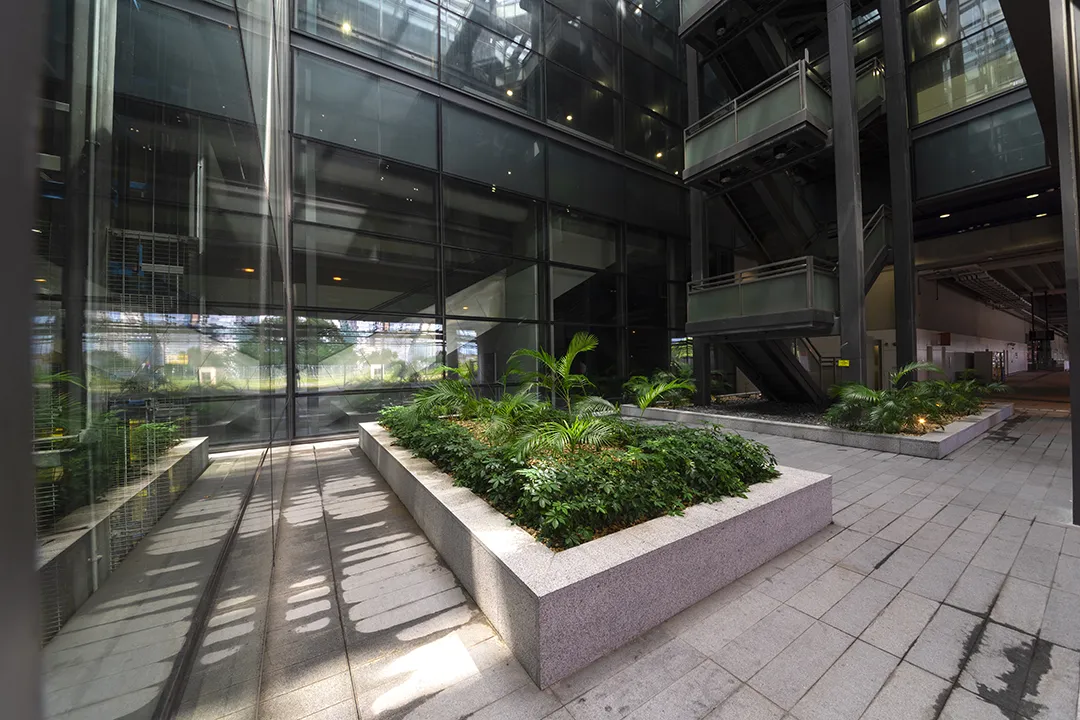Plant Solutions is advancing the human nature connection in communities by incorporating in Phoenix biophilic design into local businesses, homes, and communities. “We start from the assumption that nature, and contact with the natural world, are not optional. The human-nature connection is essential to leading a happy, healthy, meaningful life”, says Joe Zazzera of Plant Solutions.

Understanding biophilic design in Phoenix
Biophilic design is defined as incorporating strategies within design that connect humans to nature. This explains why something as simple as incorporating living plants into office design can have such remarkable human effects. The benefits include:
- Increased productivity
- A boost in mood and happiness
- Reduced stress
- Better memory retention
- Increased creativity
- Improved indoor air quality
“The human-nature connection is essential to leading a happy, healthy, meaningful life”
– Joe Zazzera

Phoenix’s commitment to biophilic urban planning
In 2018, The City of Phoenix became a part of the Biophilic Cities Network, whose purpose is to create help for urban residents by educating and understanding the importance of the contribution of nature in cities. Biophilic Cities Network partner cities, like Phoenix, are working together to preserve and honor nature and the many crucial ways in which cities can benefit from biodiversity. The City of Phoenix is home to over 40,000 acres of desert parks and mountain preserves, 200+ miles of trails, 182 flatland parks and 16,000+ acres of land in the South Mountain Park/Preserve.
Urbanization often causes a severe, disintegration of nature which results in little room for green space. Phoenix Green infrastructure programs, parks and a high percentage of green space are steps that have aided towards Phoenix becoming a biophilic city. These conservation achievements are a product of good planning and restoration efforts.
One important element in Phoenix is the Sonoran Preserve Master Plan. This plan is set to protect the 18,000 acres of preserve.
Another important Phoenix strategy is the Tree and Shade Master Plan. A goal set by the Parks and Recreation Department to plant 1,500 trees per year in city parks.
Finally the Phoenix Parks and Preserves Initiative (PPPI) is a voter-approved measure that distributes sales tax for every $10 of purchases to parks and the city’s desert parks and preserve system. This was renewed for 30 years by voters in 2008.

Biophilic design in Phoenix’s architecture
Plant Solutions believes that incorporating biophilic design in the overall built environment is the best way forward for better health and human happiness. Says Zazzera “My lifelong mission has been to re-connect people with nature, Biophilic Design gives the strategy we need to accomplish this.”
Now more than ever it is necessary for our wellbeing to incorporate nature into everyday life.
Transform your environment by integrating biophilic design principles. Contact Plant Solutions today to explore how you can bring the benefits of nature indoors.
Contact Us
